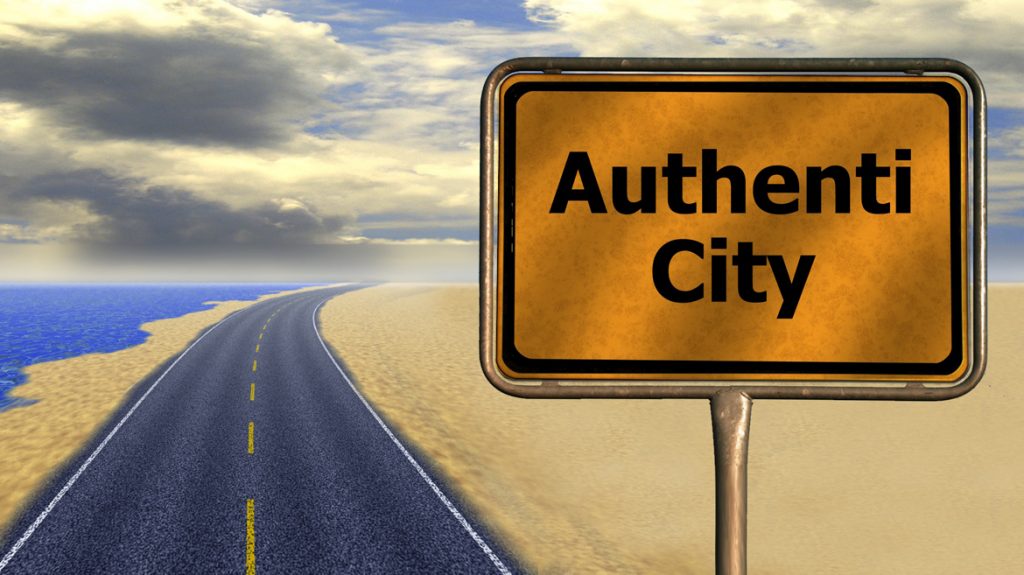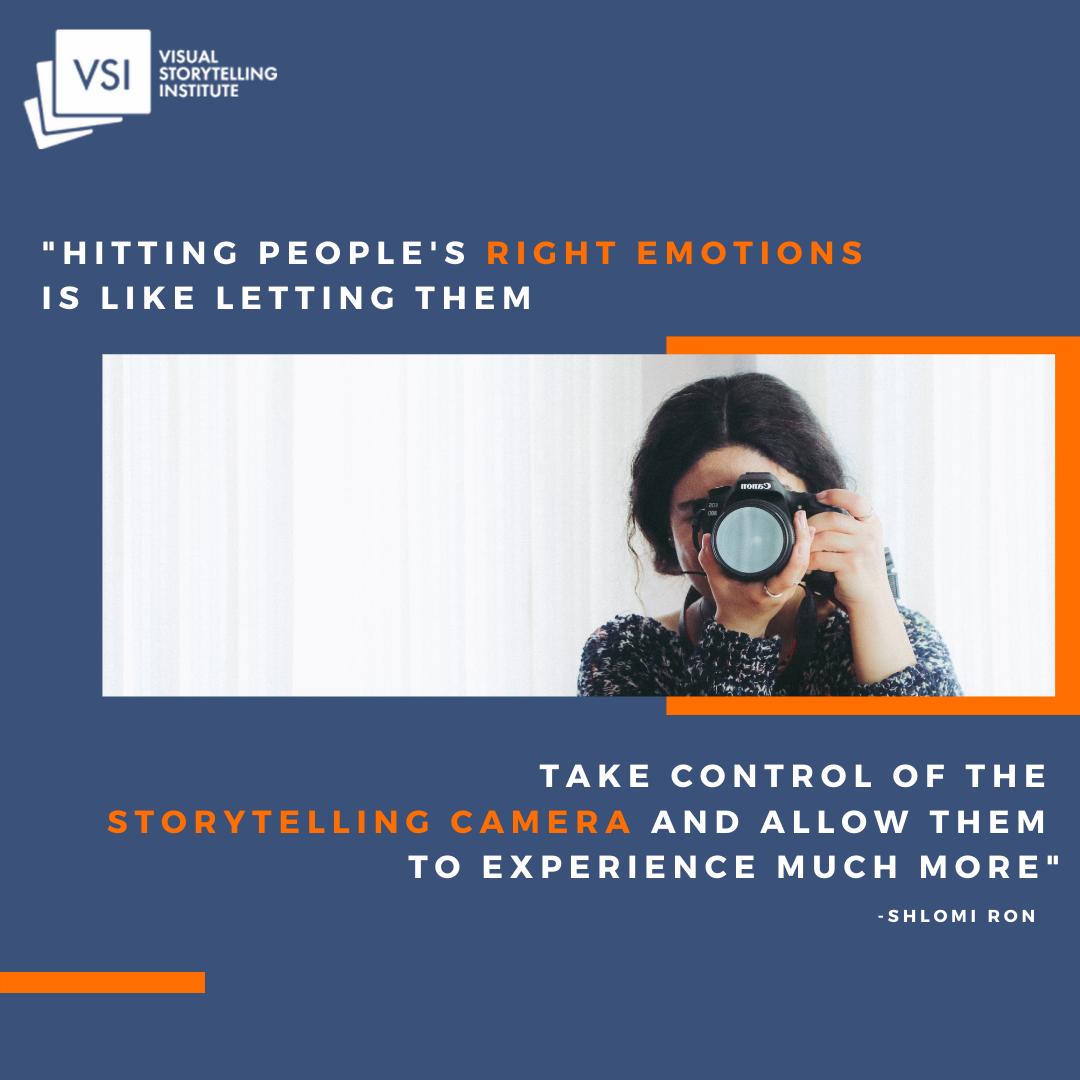
The Role of Authenticity in Visual Storytelling
The Role of Authenticity in Visual Storytelling https://www.visualstorytell.com/wp-content/uploads/2016/09/Authenticity-1024x575.jpg 1024 575 Shlomi Ron Shlomi Ron https://secure.gravatar.com/avatar/906bcce31d9695cb030087534b5f0f6e?s=96&d=mm&r=g
When you think about why authenticity plays such a critical role in delivering an impactful message, you can start by looking at the immediate meanings Merriam-Webster dictionary offers:
- Real or genuine: not copied or false
- True and accurate
- Made to be or look just like an original
What’s the first thing that comes to your mind looking at these definitions? If you said fake, phony, artificial – you’re on the right track. These are all adjectives that describe authenticity by using different categories of being untrue. Authenticity in visual storytelling is one of the most loaded subjects you could imagine visual storytellers are grappling with today. Why? Think back about a recent movie, video clip you watched, or an image that moved you. What was the narrative element that triggered your emotions?The magic typically happens when the visual story carries a good dose of vulnerability or imperfection that allows the audience to see the human aspects of your narrative and this way develop empathy and trust towards your message. A great example is Unilever’s seminal ‘Dove Real Beauty Sketches’ Viral Campaign of 2013:
This commercial garnered over 130M views and has several success ingredients at play here:
- Customer as the hero: Making the customer the hero of the story so you’re watching real stories by real people from their point of view, not the brand.
- Story duality: The story takes it one step further by revealing that the story people tell themselves about how they look is completely opposite to how other people see them. This is a great lesson for what I call the “double mirror effect.” The better the story you tell yourself, the better it makes you feel and then this effect spills outside to your external relationships and makes your message more impactful.
- Make it relatable: By exposing the customer vulnerability/weakness and the element of surprise when contrasting with other people’s views, this helps show customers’ humanity, and trigger empathy.
- Make it believable: Once your story is able to generate empathy, it pushes viewers’ guards down (hey this doesn’t feel like a commercial anymore!), they start to identify with the message, see themselves in the story and this way helps them trust the narrative core message.
- Bigger purpose: Throughout the video clip you don’t find even one mention or visual plug of the Dove product. Unilever identified a conceptual gap that is much larger than singing the attributes of their Dove soap. Their big WHY is really anchored on a simple message of “You’re more beautiful than you think.”
- Empowerment marketing: Unlike inadequacy marketing that uses fear to stage a need for a product, this video is all about human empowerment.
 With Cisco projecting that video will account for 82% of the world’s IP traffic by 2022, it has become imperative for marketers to figure out how to create effective video storytelling that will create that sought-after authentic brand experience to move audiences to action.
With Cisco projecting that video will account for 82% of the world’s IP traffic by 2022, it has become imperative for marketers to figure out how to create effective video storytelling that will create that sought-after authentic brand experience to move audiences to action.
Need help developing your visual storytelling strategy?
Hey, I’m just a call away: Schedule a conversation
- Posted In:
- Story Making
- Visual Storytelling
Shlomi Ron
Shlomi Ron is the founder and CEO of the Visual Storytelling Institute, a Miami-based think tank with a mission to bring the gospel of visual storytelling from the world of art to more human-centric and purpose-driven marketing. A digital marketing veteran with over 20 years of experience working both on the agency and brand sides for Fortune 100/500 brands such as Nokia, IBM, and American Express. He started VSI to combine his marketing expertise with his passion for visual stories stemming from his interests in classic Italian cinema and managing the estate of video art pioneer, Buky Schwartz. At VSI, he helps brands rise above the communication noise through visual storytelling consulting, training, and thought leadership. Select clients include Estée Lauder, Microsoft, and Cable & Wireless – to name a few. He currently teaches Brand Storytelling at the University of Miami’s Business School. Thought leader and speaker at key marketing conferences. He is also the host of the Visual Storytelling Today podcast, which ranks in the top 10 best business storytelling podcasts on the Web. His book: Total Acuity: Tales with Marketing Morals to Help You Create Richer Visual Brand Stories. Outside work, he is a nascent bread baker, The Moth fan, and longtime fedora wearer likely to jive with his classic Italian cinema interest.
All stories by: Shlomi Ron6 comments
This site uses Akismet to reduce spam. Learn how your comment data is processed.


Leave a Reply